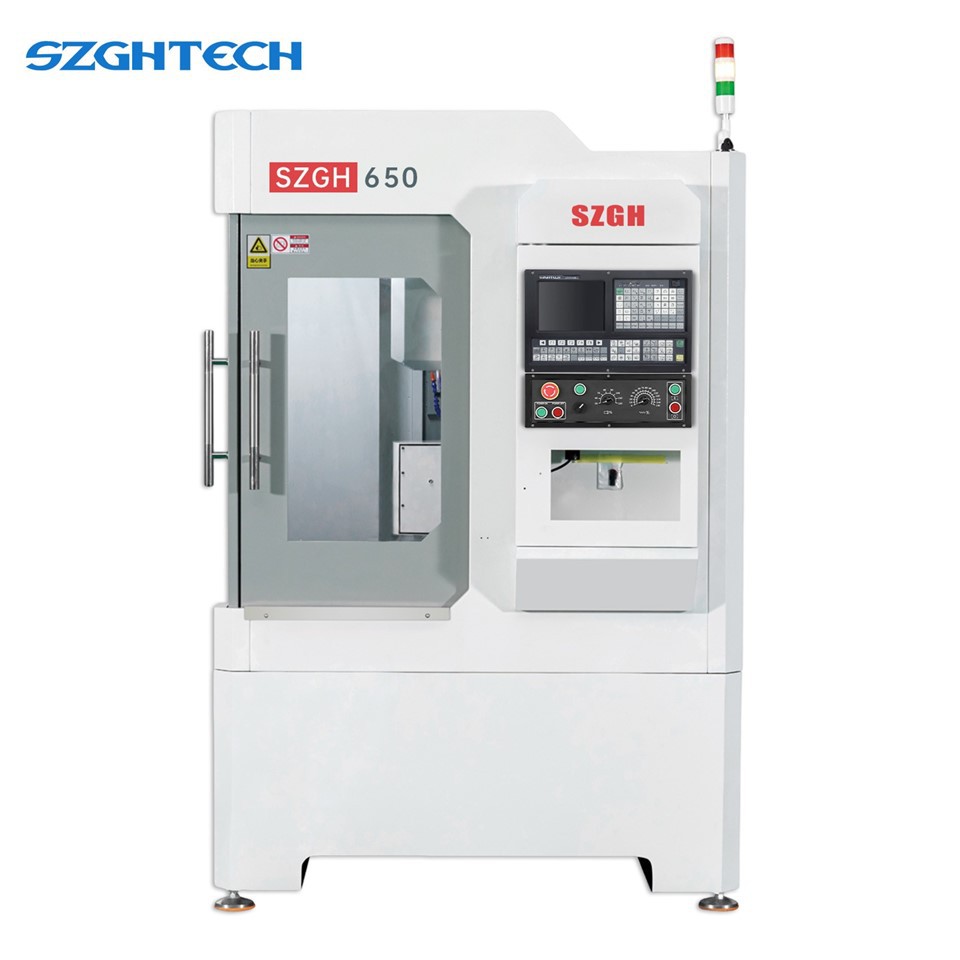Milling machines can be equipped with different accessories and configurations for different processing situations
The key to selection is:
Milling machines match processing objects: material, size, and precision requirements;
Milling machines balance efficiency and cost: batch size, changeover frequency;
Milling machines reserve upgrade space: adapt to future process expansion needs.
Milling machines can meet customers' diverse needs and choose different accessories.
Manual chuck: For small batches and multiple varieties of products, choosing the fourth axis for single-piece production may waste resources, and manual chucks are more practical







